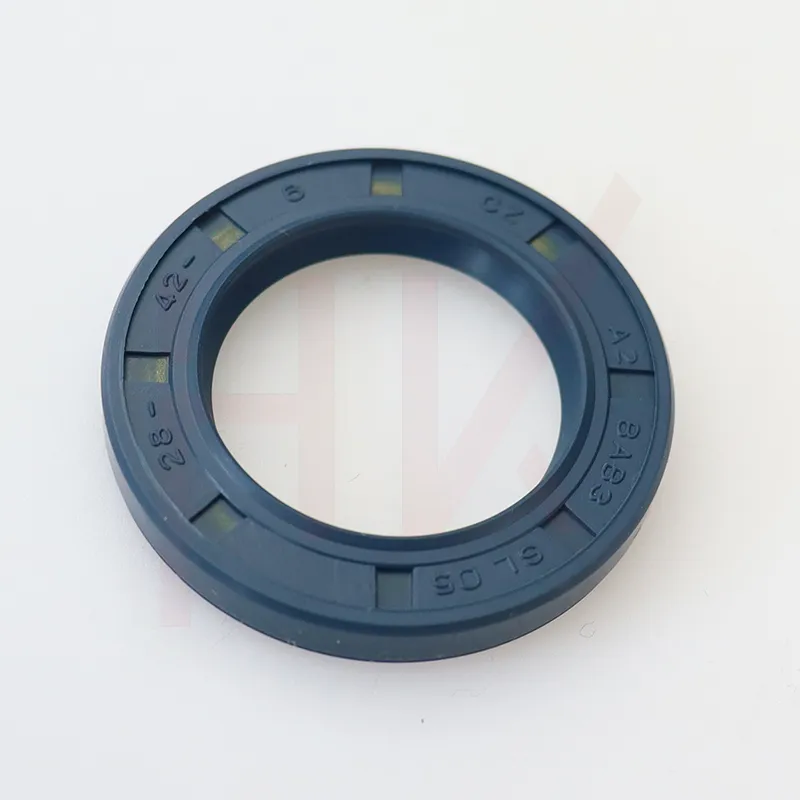Th8 . 18, 2024 00:56 Back to list
Choosing Hub Seals Based on Size for Optimal Performance
Understanding Hub Seals by Size A Comprehensive Guide
Hub seals play a crucial role in the functionality and longevity of various machinery, especially in the automotive and industrial sectors. These seals are designed to prevent the entry of dirt, moisture, and other contaminants into the hub assembly, thus ensuring that the moving parts function smoothly and efficiently. When it comes to hub seals, size matters significantly. In this article, we will explore the different sizes of hub seals and their importance in maintaining optimal performance.
Understanding Hub Seals by Size A Comprehensive Guide
To better understand the sizing of hub seals, it is essential to grasp some basic terminology used in seal measurements. Hub seals are generally measured by their outer diameter (OD), inner diameter (ID), and width. The outer diameter is the measurement across the outer edge of the seal, while the inner diameter refers to the measurement at the point where the seal contacts the axle or shaft. The width of the seal indicates its thickness. All three measurements work together to ensure a proper fit within the application.
hub seals by size

When choosing hub seals, it’s important to consider the specific requirements of the machinery. Different types of machinery, such as passenger cars, trucks, or industrial equipment, may require different sizes and types of seals. For instance, heavy-duty trucks often utilize larger hub seals to withstand greater forces and pressures compared to passenger vehicles. Additionally, the type of lubricant used in the hub and the operating environment can also influence the choice of seal size.
Manufacturers often provide detailed specifications for hub seals, including size charts that outline the dimensions relevant for each seal model. These charts can be an invaluable resource for technicians and engineers, allowing them to select the appropriate size for their specific application. Proper installation is equally important; even the best-fitting seal will fail if not installed correctly. Therefore, following the manufacturer's guidelines during installation and regularly checking the condition of the seals can help prevent costly repairs and downtime.
Hub seals are typically made from various materials, including rubber, silicone, and thermoplastics, which can also affect performance. The selection of material may depend on factors such as operating temperature, exposure to chemicals, and mechanical stress. Each material has its properties and performance characteristics, making it essential to choose one that complements the specific application and seal size.
In conclusion, understanding hub seals by size is vital for anyone involved in machinery maintenance, whether in the automotive industry or various industrial applications. Selecting the correct size ensures a proper fit, preventing contamination and potential damage to rotating components. Regular inspections and adherence to manufacturer guidelines during installation can further extend the life of hub seals, thus enhancing the performance and reliability of machinery. By prioritizing the right size and material, operators can better safeguard their equipment, leading to increased productivity and reduced operating costs.
-
The Trans-formative Journey of Wheel Hub Oil Seals
NewsJun.06,2025
-
Graphene-Enhanced Oil Seals: Revolutionizing High-Pressure Oil Sealing
NewsJun.06,2025
-
Future of Hydraulic Sealing: Advanced Intelligent TCN Oil Seals
NewsJun.06,2025
-
Don’t Let a Broken TCV Oil Seal Ruin Your Day
NewsJun.06,2025
-
Bio-Inspired Dust Seals for Better Sealing Performance
NewsJun.06,2025
-
Biodegradable and Sustainable Hydraulic Seal Materials
NewsJun.06,2025
-
Top Oil Seal Solutions for Your Industrial Needs
NewsMay.22,2025
Products categories
















